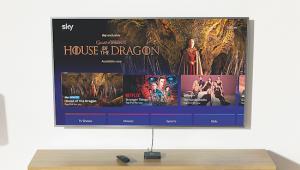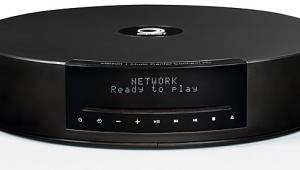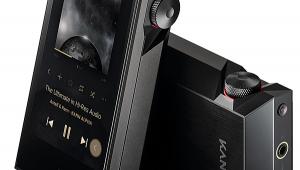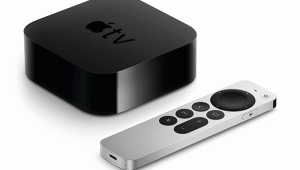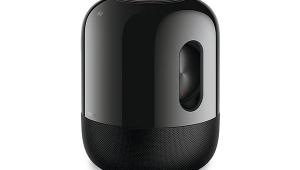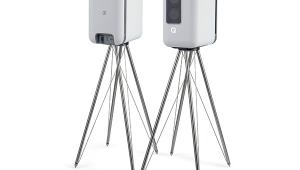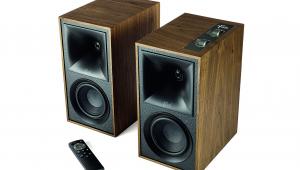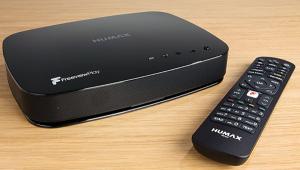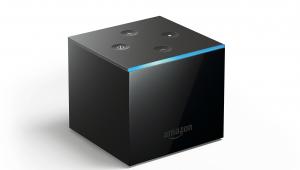Lumagen Radiance Pro 4242 review
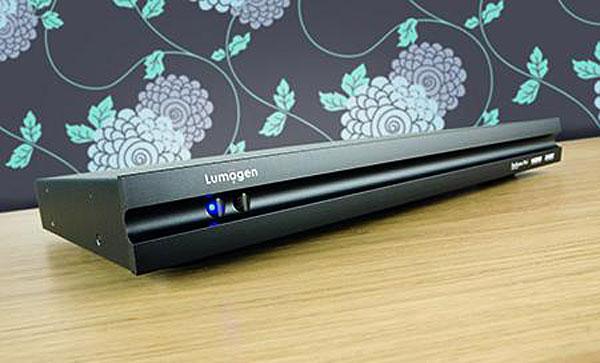
 Around twenty years ago an essential component of any high-end home cinema was a scaler, with companies such as Faroudja and Snell & Wilcox striving to deliver the very best picture from the humble old DVD. Twenty years later all equipment seems to have some form of scaler built in. So why the need for a high-priced outboard model, such as Lumagen's Radiance Pro 4242?
Around twenty years ago an essential component of any high-end home cinema was a scaler, with companies such as Faroudja and Snell & Wilcox striving to deliver the very best picture from the humble old DVD. Twenty years later all equipment seems to have some form of scaler built in. So why the need for a high-priced outboard model, such as Lumagen's Radiance Pro 4242?
In essence, scaling is mathematically increasing the surface area of an image while maintaining its integrity. This can involve the intelligent creation of pixels; it's where art meets science. Getting, say, a 720 x 576 image scaled up to 3,840 by 2,160 on your new shiny 4K TV is not easy, and, unfortunately, the job done by the display isn't necessarily best-in-breed.
Step forward the Lumagen Radiance Pro 4242. Lumagen has been going since the late 1990s, founded by Jim Peterson, a former computer graphics processor engineer, based in Portland, Oregon. Peterson became obsessed with one thing – producing the best video image processor. Interestingly, he started in this business around the time Snell & Wilcox and Faroudja were pulling out – standalone scalers were always a niche product, and it's no doubt a tough market. But I think this certainly has the talent to succeed.
Slender siliconThe Radiance Pro 4242 is a relatively unassuming 1U black box with a single LED on the front, which shows if it's on (blue) or in standby (red). This model has six HDMI sockets – four inputs and two outputs. All can be configured to be HDCP 2.0 or 2.2, HDMI 1.4 or 2.0.
There are other models with eight-in/four-out HDMI stages, and a simpler two-in/two-out offering. I'd suggest the 4242 is the optimum combination for an average home cinema setup.
It's supplied with a fairly cheap-looking remote. Backlit, this zapper is the user's way of navigating the system – the Lumagen is controlled via a series MS-DOS-looking dropdown onscreen menus. It's worth stressing that this equipment needs a high level of competence to get the most out of it. Often it will be installed by a dealer/AV professional. So the menu system is functional and gets the job done, rather than looking sexy. But don't let the UI fool you when it comes to the box's underlying power.
I tested the Lumagen with what I consider some of the best high-end equipment around at the moment. For a TV, I used Panasonic's TX-65CZ952B OLED model. It's been marketed as offering 'Ultimate picture quality, true to the film maker's Intentions', which might be the case as long as the source is 4K, but how does it fare with SD material?
I also used the Sony VPL-VW5000ES projector. As this next-generation laser PJ sells for around £50,000, you would hope it can scale a Full HD Blu-ray to its native 4K resolution to the point where it looks like perfection.
Does adding a £4,000 scaler box to a £6,000 TV or a £50,000 projector make an image quality difference. And does it do anything else? Let's find out.
Ready for anything?At the heart of the Radiance Pro 4242 is an FPGA (Fully Programmable Gate Array) integrated circuit. This, in part, accounts for its cost, and gives it a level of futureproofing. In theory, Lumagen can add as many functions and features as it can come up with as long as they don't exceed the memory size or bandwidth of the FPGA chip. The company currently offers lifetime upgrades. An example of how flexible FPGA design is, when 3D Blu-ray was launched it was an easy upgrade to earlier Radiance models to handle the format. A traditional design would've needed a whole new chip/device. Looking at the specs, the Radiance Pro should be able to handle Dolby Vision at 12-bit: at the time of writing, there is no external device that plays back this format, though.
Now, if you bought the Radiance Pro and just plugged it in you wouldn't be disappointed as it's set to auto by default. But this would be like having a McLaren F1 sports car and not getting out of first gear.
That said, on my two display devices, even in auto mode, the image quality improvements are obvious. Viewing the SD version of BBC News 24 on the Panasonic OLED from a Sky box yielded a picture that looked unfocused and smeary. Stick the Lumagen in between and suddenly it feels like you're watching the HD version. Put the HD version of the channel through the Lumagen and it looks truly stunning. News has never appeared so detailed on a 4K TV.
Sony's VPL-VW5000ES uses the company's proprietary video scaler, dubbed the Reality Creation engine. It's good, but it's not great. With the scene in Spectre on Blu-ray of 007 walking through the square in Whitehall, our hero is tiny in the overhead frame as he ambles over a very detailed circular brickwork floor. The projector does an efficient job of mapping the image to 4K. However, once put through the Lumagen, the Sony's own scaling seems, by comparison, coarse and harsh. It's as if each pixel has been hand-crafted by the external scaler, and the Sony now is shining as you would expect from such a big-ticket projector.
Moving on to The Revenant's Ultra HD BD/Full HD BD release. Via the Panasonic – through the Lumagen – the regular 1080p Blu-ray appears truly cinematic. What was interesting was that you could see that the 4K UHD disc (without the Lumagen in play and with HDR turned off) had the edge with resolution but not as much as you would have thought.
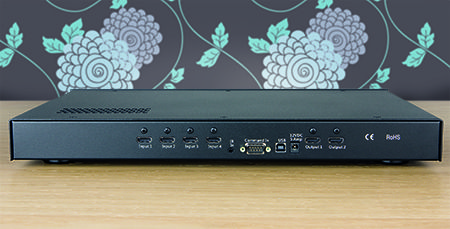
Each HDMI input has basic picture controls (Brightness, Contrast, Colour, Hue, Gamma) that can be stored in individual memories. That's not a reason to buy this, but a very cool feature the Lumagen can offer is outputting the picture through a 3D colour cube. This has nothing to do with 3D images, by the way.
With The Revenant I was not using the Radiance Pro in auto mode, I was in fact running a custom colour cube, created by profiling the Panasonic TV.
The Lumagen offers what is considered the industry standard for colour cubes in the format of a 17 x 17 x 17 3D cube. Go to the effort of implementing one, and your display equipment has moved up a notch to a professional level. I don't think even Panasonic would have seen its TV look so good.
This is where you would need the Radiance Pro professionally set up, and I used Light Illusion software to create a profile and export the colour cube of the Panasonic. Lumagen's hardware integrates nicely with that suite.
Also offered by this black box of tricks is Darbee processing. This can be set to off, and in my opinion that is where it's best left. I understand what it does and how it works, and I am not as down on it as I was when it started popping up on other equipment. So why turn it off? Because one setting does not fit all. I found that with some shots it can make an image look more dynamic, but with others it can be distracting.
You can also use the Radiance Pro to create custom resolutions and aspect ratios. If you have a projector (anamorphic lens) or a display with a 2.35:1 aspect ratio, you might want to pixel map it. To do this, you need to do some maths and set the pixel clock, which takes a few minutes to do. I created an Excel table where if you put in your horizontal and vertical pixel resolution and frame rate it would give you the numbers to dial in.
Scalers can, of course, introduce artefacts, but this high-end model appears immune. The Radiance features Lumagen's proprietary 'NoRing' scaling. Using a test pattern generator, plus calibration discs from the likes of Spears and Munsil and Joe Kane, and some proprietary software, I subjected the scaler to a processing obstacle course, which it passed with flying colours – there were no dropped frames, judder or deinterlacing issues, and there was no softness or loss of resolution to images. It even did a great job on detail tests that it should not have been able to pass, tested against Digital Vision's pro-grade DVO Phoenix software.
In all, the Radiance Pro seemed to be completely transparent, not adding any artefacts or noise to the image. I found that when it was not in play in my setup, I could see that other hardware was actually degrading the picture, even though it claimed to be transparent.
Please don't goThis is a reference device that could easily be at the core of any high-end system. It offers even more features than I've covered here. And it's one of the devices that once set up you will forget is there, as it just works away in the background – until the moment you switch it off, when you'll wonder how you lived without it. Yes, it's not cheap, but it lives up to the price tag, and allows connected devices to live up to their potential. I don't want to see it leave my system.
Specification
Connections: 4 x HDMI inputs; 2 x HDMI outputs; 12V trigger; USB (for updates); RS232 control port Output resolution: Up to 4K/60p Dimensions: 432(w) x 50.8(h) x 254(d)mm Weight: N/A
Features: 17 x 17 x 17 3D colour management system; REC.2020 colour space support; DARBEE DVP enhancement technology; Lumagen NoRing scaling; per-pixel motion adaptive deinterlacing; 2D and 3D source support; anamorphic screen support; 21-point parametric greyscale calibration; independently programmable outputs; vertical keystone correction; FPGA circuit design; optional rack ears; remote control
 |
Home Cinema Choice #351 is on sale now, featuring: Samsung S95D flagship OLED TV; Ascendo loudspeakers; Pioneer VSA-LX805 AV receiver; UST projector roundup; 2024’s summer movies; Conan 4K; and more
|


